
In a similar way to how Open Culture aims to distill in one place the web’s high-quality free cultural and educational media, so The Public Domain Review aims to help readers explore the vast (and sometimes overwhelming!) sea of public domain works available online — like a small exhibition gallery at the entrance to an immense network of archives and storage rooms that lie beyond. Celebrating curious and beautiful public domain images is at the very heart of what we do, and so it seemed fitting to mark our 10th anniversary with a big and beautiful book of images. Ever since the project began back in 2011, readers have implored us to do one, and so finally here it is… we are extremely excited to bring out into the world AFFINITIES.
Gathering over 500 prints, paintings, illustrations, sketches, photographs, doodles, and everything in between, the book is a carefully curated journey exploring echoes and connections across more than two millennia of visual culture. Assembled according to a dreamlike logic, the images unfurl in a single unbroken sequence, through a play of visual echoes and evolving thematic threads.
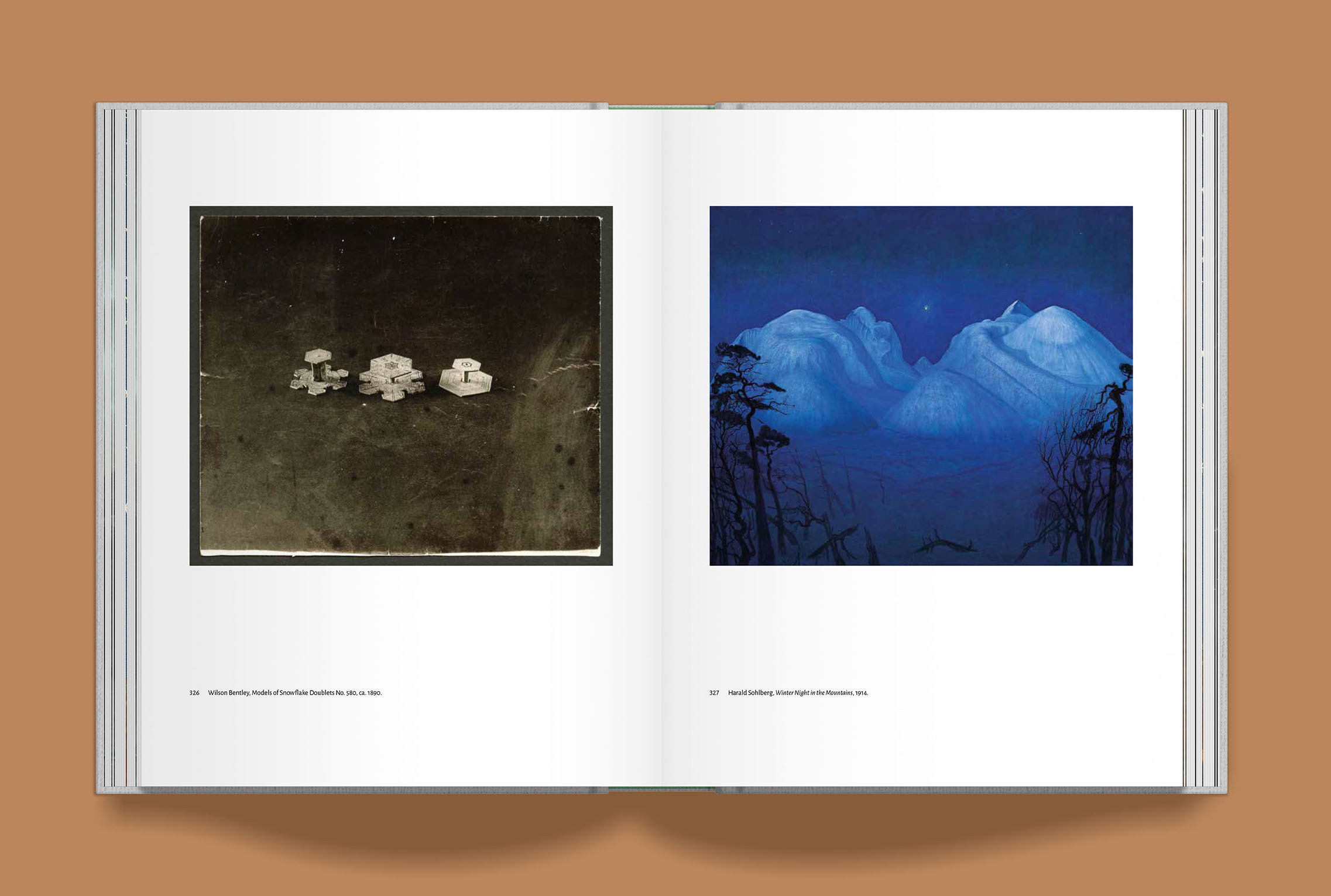
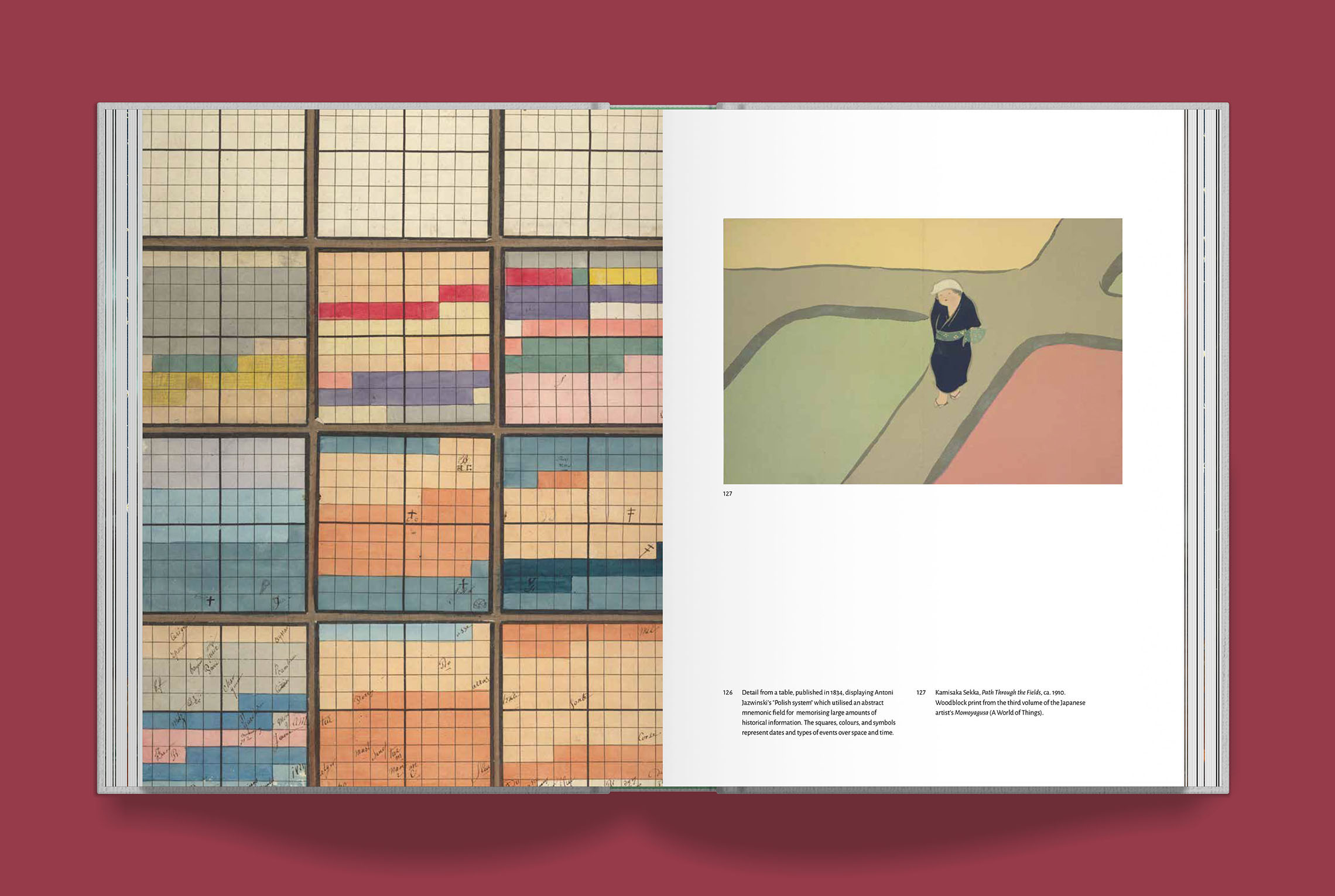
While it’s taken the best part of a year to create (a true lockdown baby), this has really been 10 years in the making — a book born from a decade of deep immersion in public domain archives.
A compelling object and experience in its own right, Affinities also acts as a launchpad for further discoveries and inventive engagements with the commons. It’s meticulous sourcing points to works, creators, and collections around the world, serving as a gateway for future forays into the digital public domain.
As for the physical book itself, we wanted to create an object as stunning as the images within. It is large format (28 x 21.5cm / 11 x 8.5”), boasts a cloth-bound hardcover, with a foil stamped title and embossed inset image, and extends across a whopping 368 pages. To help get this beauty made and assure the highest quality production, we are very happy to have teamed up with specialist art book publisher Volume, an imprint of Thames & Hudson.
It’s being sold via a crowdfunder and delivery will be early next year. In addition to the standard edition of the book, we’ve worked with Volume to create a special Collector’s Edition (in a slipcase with limited edition poster) and also a set of limited edition prints. All of the offerings are only available during the campaign.
Learn more, and order your copy, over on the crowdfunder page.
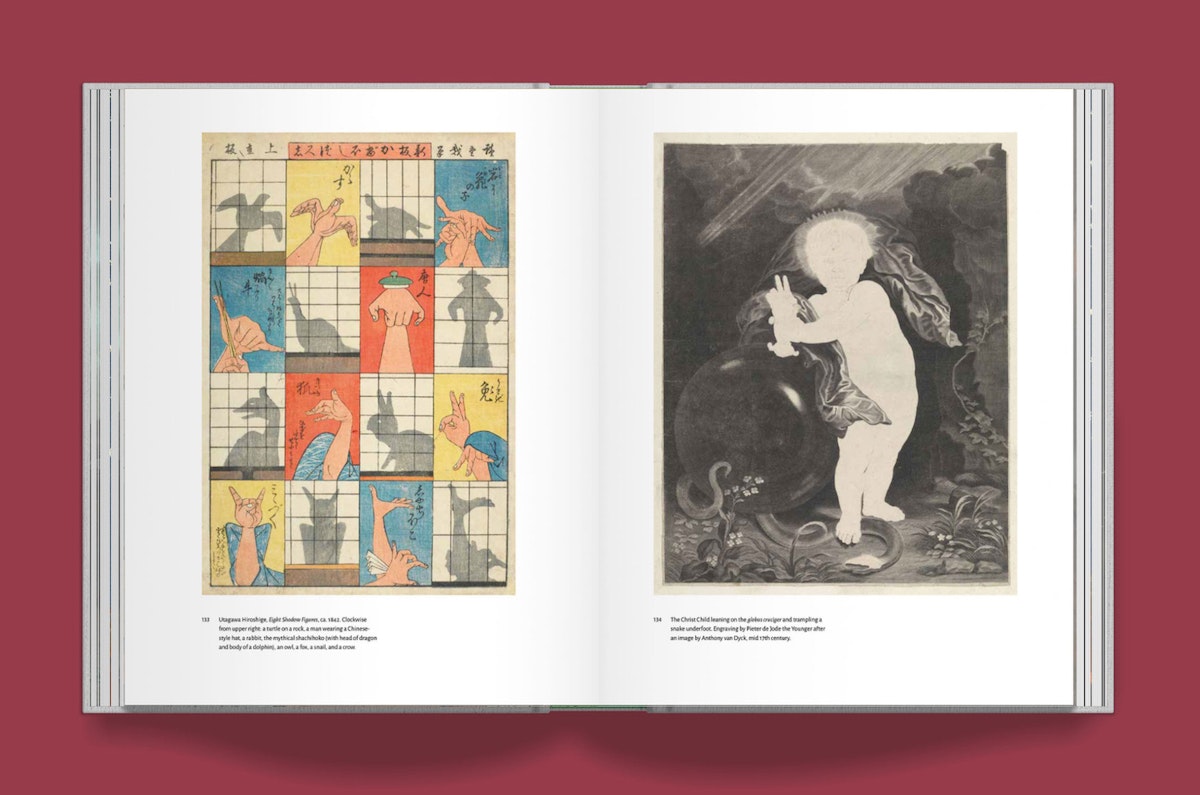

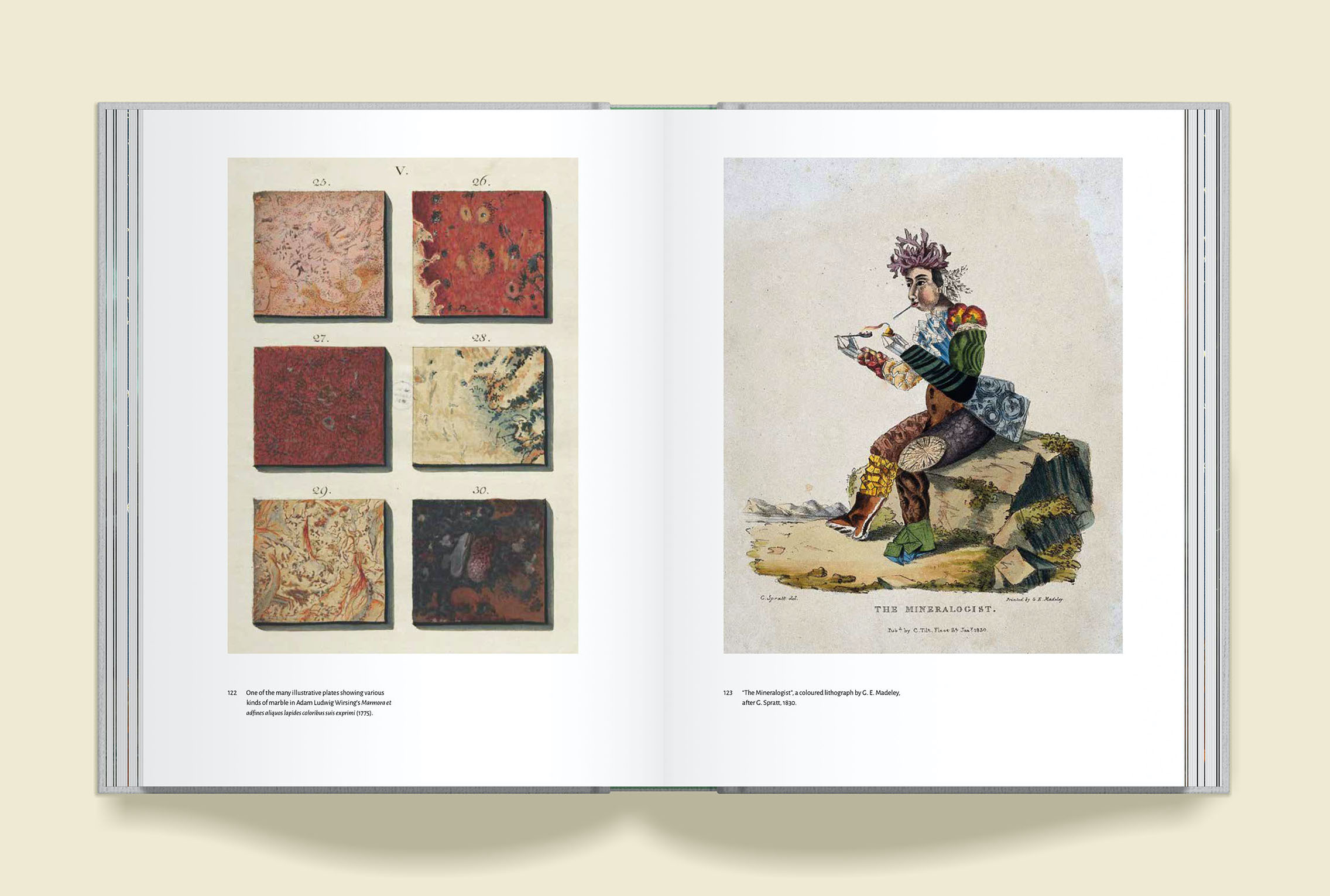
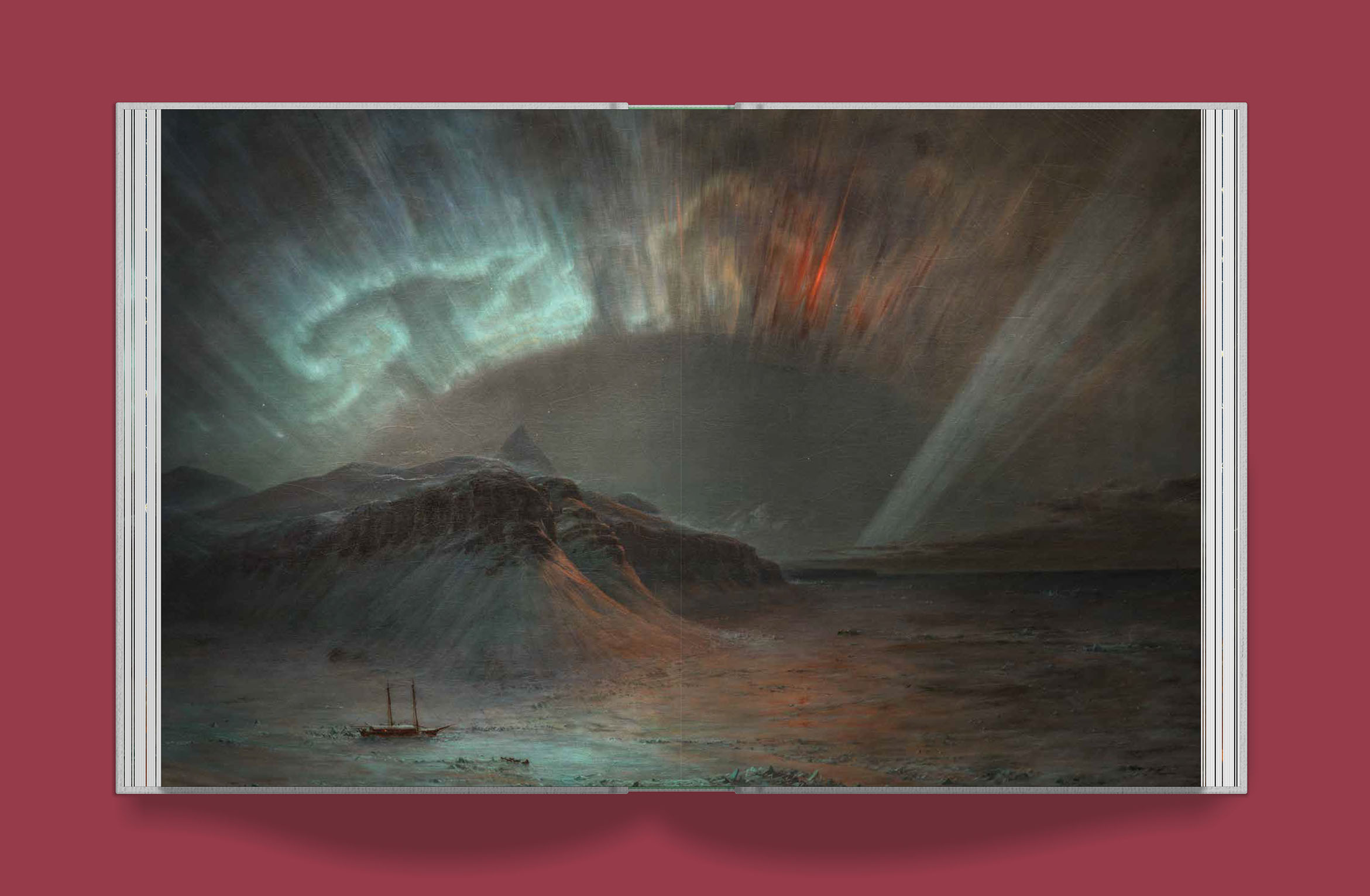


Adam Green is co-founder, creator, and main editor of The Public Domain Review and PDR Press.
Affinities, a Book of Images to Celebrate 10 Years of The Public Domain Review is a post from: Open Culture. Follow us on Facebook and Twitter, or get our Daily Email. And don't miss our big collections of Free Online Courses, Free Online Movies, Free eBooks, Free Audio Books, Free Foreign Language Lessons, and MOOCs.
from Open Culture https://ift.tt/3e2yAqm
via Ilumina
Comments
Post a Comment